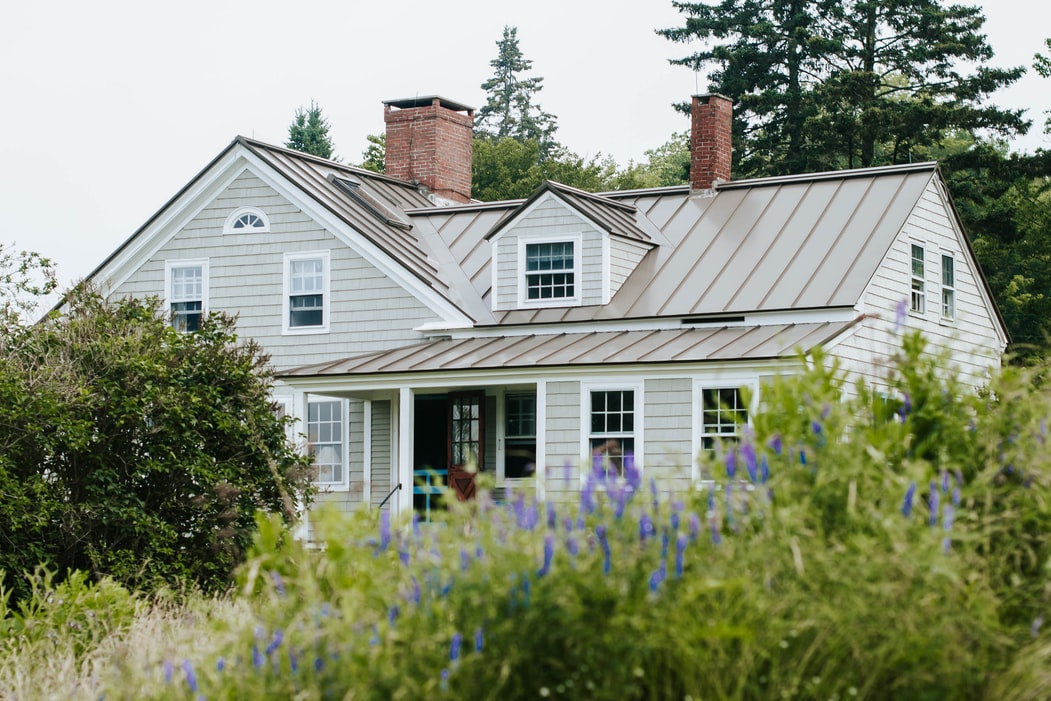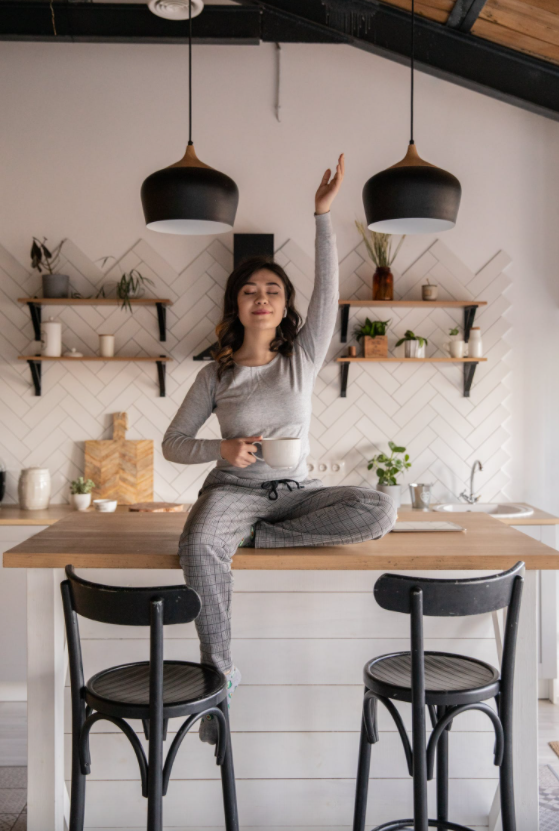The Art and Utility of Decorative Masonry in Modern Construction
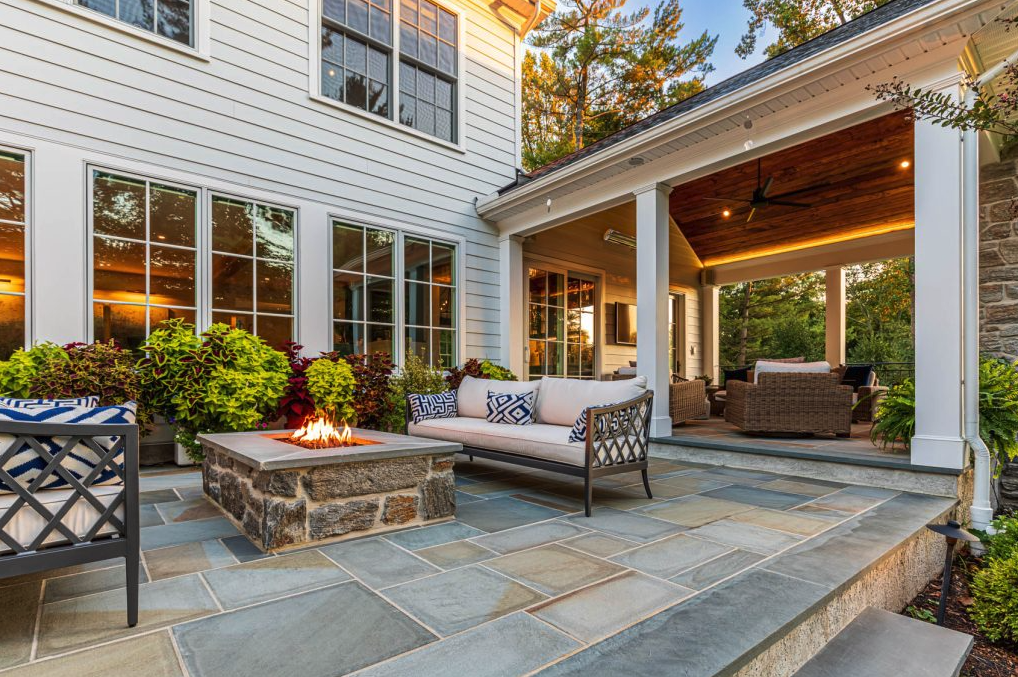
Decorative masonry is a timeless craft that beautifully combines aesthetics with structural integrity!
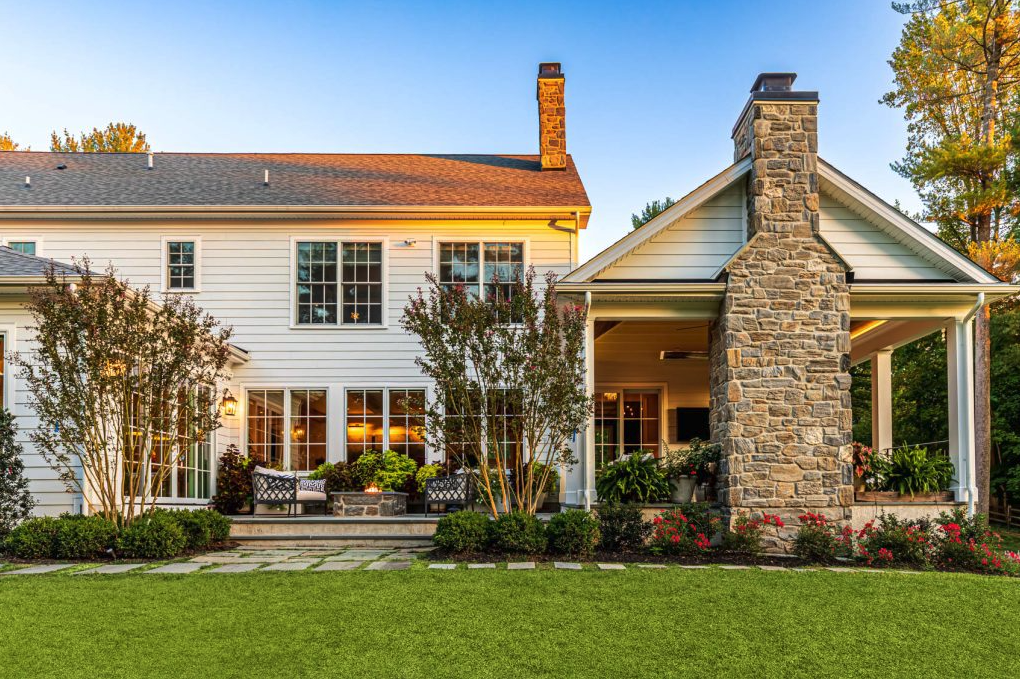
As an art form, it has adorned buildings for centuries, adding character and resilience to global constructions. The fusibility of historical building techniques with modern design solutions ensures its relevance in today’s architectural advances. For those seeking masonry services, a comprehensive understanding of the craft’s potential can transform architectural visions into tangible realities, offering aesthetic and functional benefits.
The allure of decorative masonry lies in its historical elegance and remarkable ability to withstand the test of time. These durable materials can enhance a home’s exterior, add a rustic charm to a garden, or lend a timeless elegance to expansive public structures. Thus, decorative masonry continues to be a beloved choice for architects and homeowners looking for lasting beauty and resilience.
Introduction to Decorative Masonry
The artistic arrangement and design of bricks, stones, and other materials are essential in creating visually attractive structures in decorative masonry. This age-old craft has developed significantly from its early inception in ancient civilizations, and it is known for crafting iconic architectural masterpieces that reveal their mastery of material and form. These early structures highlighted not only the utility but also the artistic potential of masonry work. Today, decorative masonry has evolved, incorporating advanced techniques that enhance its aesthetic allure without compromising structural soundness.

The Techniques of Decorative Masonry
Bricklaying Patterns
One pivotal element in decorative masonry is choosing the proper bricklaying patterns. These patterns, like herringbone, running bond, and basketweave, can dramatically transform a structure’s visual appearance. Beyond the visual appeal, these patterns also play a crucial role in the construction’s strength and support dynamics. Each pattern offers unique features: the classic running bond pattern provides a timeless look, whereas the more complex herringbone pattern adds dynamic movement to walls and floors, making it a preferred choice for ornamental purposes.
Stone Veneering
Another integral technique in decorative masonry is stone veneering, which allows builders to achieve the rich, luxurious look of stone without the associated high costs. Stone veneering involves attaching a thin layer of stone to a suitable surface, imparting aesthetic elegance without the weight and expense of complete stone construction. The application is well documented in Stone Veneering Techniques, offering detailed guidance.
Benefits of Decorative Masonry
The benefits of decorative masonry extend far beyond mere visual appeal. It is renowned for its durability, with masonry structures capable of withstanding severe weather conditions while maintaining structural integrity. Moreover, these materials require minimal maintenance compared to other building materials, increasing their cost-effectiveness over time. Decorative masonry’s aesthetic value can substantially enhance property value, giving buildings a distinctive, timeless elegance that often translates to increased market valence.
Real-Life Applications
Decorative masonry is prevalent in various settings, from residential homes to commercial edifices and beloved public landmarks. In residential applications, it can manifest as charming garden walls or stately façade treatments, adding a touch of sophistication and warmth. In commercial settings, the use of masonry adds a layer of prestige and durability, essential for high-traffic areas. Public landmarks worldwide have long utilized decorative masonry to communicate cultural stories and architectural prowess, creating structures that are a testament to human ingenuity and artistic drive.
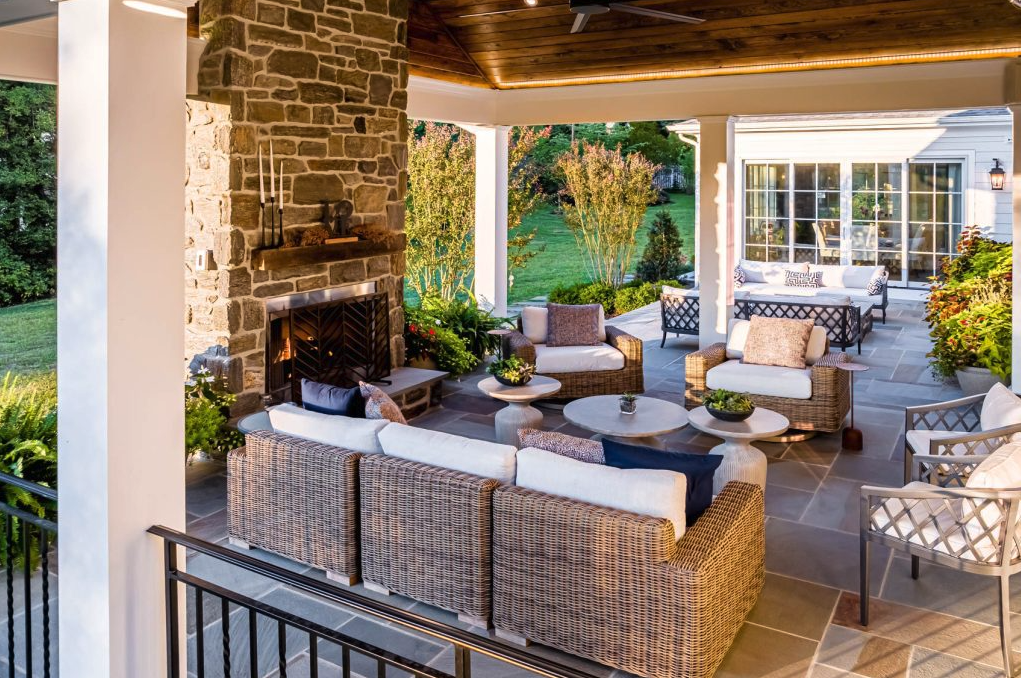
Common FAQs About Decorative Masonry
Potential clients often have several questions about decorative masonry, commonly concerning maintenance, costs, and customization possibilities. Maintenance is minimal because of the robust nature of masonry products, which are resistant to weathering and decay. While the initial investment in decorative masonry may be higher compared to some other materials, its durability and low maintenance often result in cost savings over the long term. Furthermore, the ability to tailor materials, patterns, and finishes offers vast customization potential to match personal style and architectural demands.
How to Choose the Right Decorative Masonry Style
Selecting the appropriate decorative masonry style involves considering several factors, including local climate, available budget, and intended purpose. Beyond these technical aspects, reflecting on the building’s overarching architectural style and desired aesthetic is crucial. For instance, a modern design might benefit from sleek, honed masonry finishes, while traditional architecture may call for rough-cut stones or intricate brick patterns. Together, these elements ensure that the chosen style complements the building, blending seamlessly and enhancing its overall aesthetics.
Future Trends in Decorative Masonry
The domain of decorative masonry is witnessing a surge in innovative trends aimed at sustainability and technological integration. The push towards eco-friendly materials, such as recycled bricks and low-carbon cement, highlights the growing environmental consciousness evident in modern construction practices. Coupling these materials with technology – like computerized design processes and precision cutting – offers new design possibilities that maintain the discipline’s traditional virtues. These improvements guarantee that ornamental masonry stays significant and prepared to fulfill the requirements of upcoming construction initiatives.


